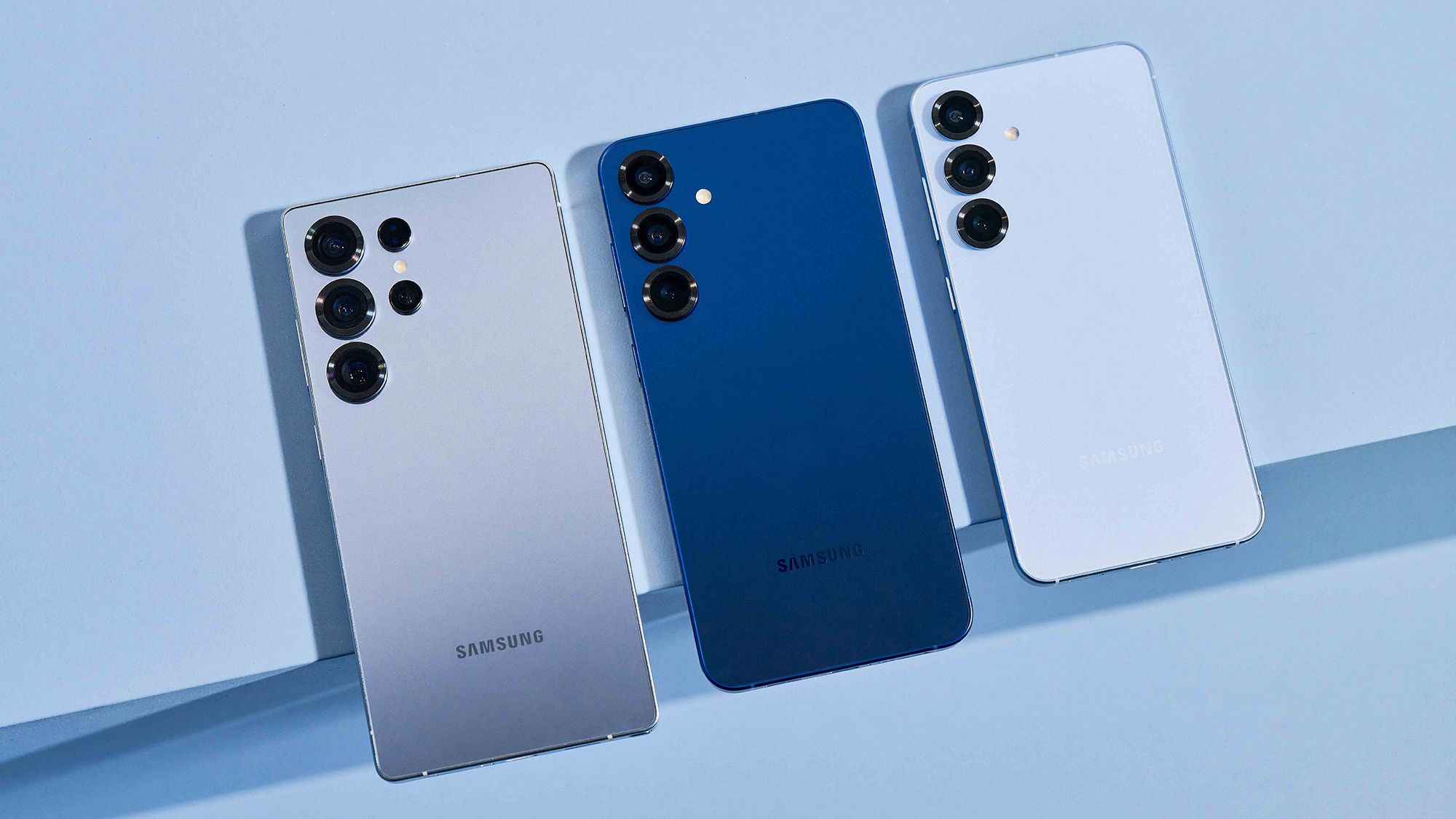The Hallmark Channel’s Countdown to Christmas is an annual tradition that only seems to get bigger and more robust with every passing year. The holiday-themed slate of shows and movies typically begins in October — before Halloween is even over,…
Author: admin
-

The latest Samsung Galaxy S26 leak hints at an even slimmer phone – and a wireless charging upgrade
- A fresh Samsung Galaxy S26 leak has emerged
- The outline drawing reveals the back casing and its features
- A thickness of 6.9 mm is mentioned in the leak
There’s a fresh leak of the Samsung Galaxy S26 to talk about, and it looks as though the…
Continue Reading
-

Amazon’s Latest Echo Show 8 Sells for Pocket Change, Packing Spatial Audio and an HD Display
Smart displays solve the annoying problem of constantly pulling out your phone to check the weather, see who’s at the door, or follow a recipe while your hands are covered in flour. The Echo Show 8 brings all those conveniences…
Continue Reading
-

Highlights from The Uromigos Live 2025 by Shilpa Gupta
Uromigos Live 2025 is an annual event in the field of genitourinary (GU) oncology, organized by Drs. Brian Rini and Tom Powles. The 2025 edition is the fourth live gathering, held in Nashville on November 7-8, 2025, bringing…
Continue Reading
-

‘You don’t eat Vitamin D, you make it’: Apollo doctor explains how you might be sabotaging your body’s powerhouse
You may be popping supplements or drinking fortified milk thinking you’re boosting your Vitamin D — but according to Dr Anshuman Kaushal, bariatric surgeon at Apollo Hospitals, Delhi, that’s not how this “vitamin” truly works. In a…Continue Reading
-

Can Rigetti Computing’s (RGTI) NVIDIA Partnership Reshape Its Edge in Quantum-AI Integration?
-
Rigetti Computing recently announced its collaboration with NVIDIA to support NVQLink, an open platform enabling integration of AI supercomputing with quantum processors, and showcased this partnership at NVIDIA GTC in Washington, D.C.
-
This move not only highlights Rigetti’s technical role in hybrid quantum-classical systems but also signals the growing intersection between quantum computing and advanced AI architectures.
-
We’ll explore how Rigetti’s expansion into hybrid quantum-AI integration could impact its investment narrative and competitive positioning amid rising sector interest.
Uncover the next big thing with financially sound penny stocks that balance risk and reward.
To see Rigetti Computing as a compelling opportunity, I think you have to believe in the long-term future of hybrid quantum and AI systems, not just the promise of quantum hardware itself. The latest partnership with NVIDIA, showcased at GTC, puts Rigetti’s technology at the front of this effort and could reinforce confidence in its relevance within the industry. However, for near-term catalysts, the news is more about strategic positioning than immediate financial impact. While collaborations like NVQLink show Rigetti working closely with leaders in AI, the company remains unprofitable, with high cash burn and ongoing dilution. Key short-term risks, like execution on new contracts, significant volatility, and reliance on government funding, are still very much in play, and recent price declines suggest optimism may be cooling. Recent news gives Rigetti a visibility boost, but it does not materially shift the risk of missed commercial milestones, nor does it address the sector’s long commercialization runway.
On the flipside, there’s still the question of whether current valuation assumes more than Rigetti can deliver in the near term.
The valuation report we’ve compiled suggests that Rigetti Computing’s current price could be inflated.
RGTI Community Fair Values as at Nov 2025 The Simply Wall St Community contributed 49 unique fair value estimates, with targets stretching from just US$0.22 up to US$33.50. Such a wide spectrum reflects sharply different calculations of Rigetti’s growth and risk profile, particularly given the company’s substantial recent share price swings. Explore these varying viewpoints for a broader sense of how future catalysts could drive new shifts in sentiment.
Explore 49 other fair value estimates on Rigetti Computing – why the stock might be worth less than half the current price!
Continue Reading
-
-

Apollo Hospital cardiologist reveals 4 sleeping habits for good heart health: No caffeine after 2 PM and more
Updated on: Nov 09, 2025 06:43 pm IST
Are you sleeping well? If not, consider adopting these 4 expert-approved habits.
Continue Reading
-

Pakistan to upgrade Football infrastructure with AFC, FIFA support
Pakistan plans to expand its football facilities with full support from the Asian Football Confederation (AFC) and FIFA. AFC President Salman bin Ibrahim Al Khalifa informed the Prime Minister that both organisations will assist if the…
Continue Reading
-

China lifts ban on exports of some dual-use materials to the US – POLITICO
China suspended a ban on exporting some dual-use materials to the U.S., the Chinese Ministry of Commerce announced on Sunday, following the easing of trade tensions between the two sides.
The move covers
Continue Reading
-

Netflix House brings Disneyland vibes to a mall near you – Exclusive
A new “immersive experience” with games and attractions, Netflix House will bring “Stranger Things” and”One Piece” to life for fans. See inside in an exclusive preview.
In 2025 it’s not enough for streamers like Netflix to dominate our time…
Continue Reading
